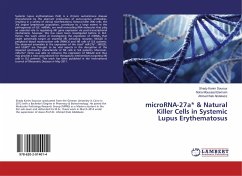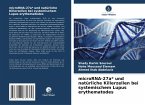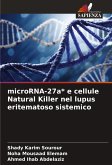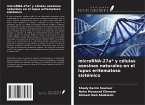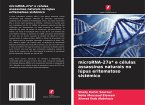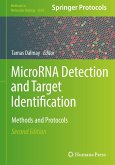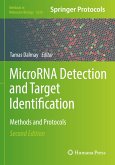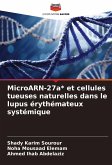Systemic lupus erythematosus (SLE) is a chronic autoimmune disease characterized by the aberrant production of auto-reactive antibodies, resulting in a variety of clinical manifestations. Natural killer (NK) cells, the 3rd largest lymphocyte population, contribute to a large extent in the pathogenesis of SLE. miRNAs, are small noncoding RNA molecules that play an essential role in regulating NK gene expression via post-transcriptional mechanisms; however, this has never been investigated before in SLE. Hence, this work aimed at investigating the expression of miRNAs that might potentially target an essential NK activating receptor, NKG2D in peripheral blood mononuclear cells (PBMCs) and NK cells of SLE patients. The observed anomalies in the expression of the triad" miR-27a , NKG2D, and ULBP2" are thought to be vital aspects in the decryption of the impaired cytotoxicity characteristic of NK cells in SLE patients. Moreover, miR-27a mimic was able to enhance the expression of NKG2D and thus may provide a new groundwork for therapeutic interventions targeting NK cells in SLE patients. This work has been published in the International Journal of Rheumatic Diseases in May 2017.
Bitte wählen Sie Ihr Anliegen aus.
Rechnungen
Retourenschein anfordern
Bestellstatus
Storno

